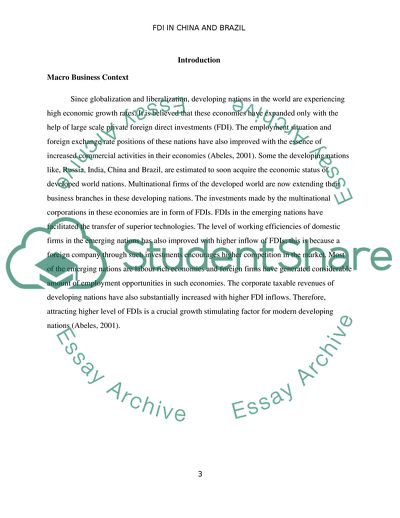Cite this document
(Attraction of Foreign Direct Investment In Emerging Economies Essay, n.d.)
Attraction of Foreign Direct Investment In Emerging Economies Essay. https://studentshare.org/macro-microeconomics/1826367-attraction-of-foreign-direct-investment-in-emerging-economies
Attraction of Foreign Direct Investment In Emerging Economies Essay. https://studentshare.org/macro-microeconomics/1826367-attraction-of-foreign-direct-investment-in-emerging-economies
(Attraction of Foreign Direct Investment In Emerging Economies Essay)
Attraction of Foreign Direct Investment In Emerging Economies Essay. https://studentshare.org/macro-microeconomics/1826367-attraction-of-foreign-direct-investment-in-emerging-economies.
Attraction of Foreign Direct Investment In Emerging Economies Essay. https://studentshare.org/macro-microeconomics/1826367-attraction-of-foreign-direct-investment-in-emerging-economies.
“Attraction of Foreign Direct Investment In Emerging Economies Essay”. https://studentshare.org/macro-microeconomics/1826367-attraction-of-foreign-direct-investment-in-emerging-economies.


